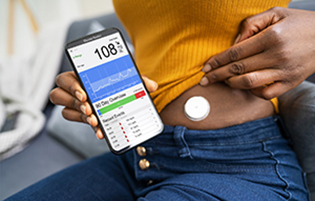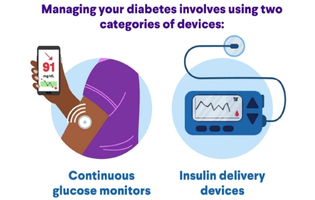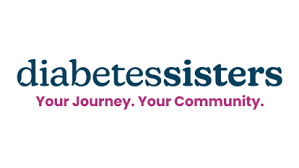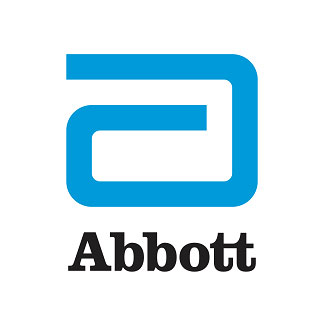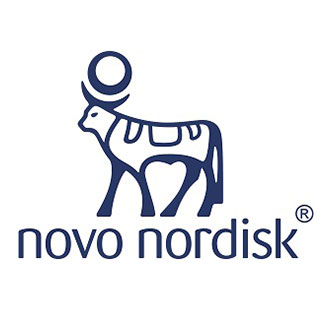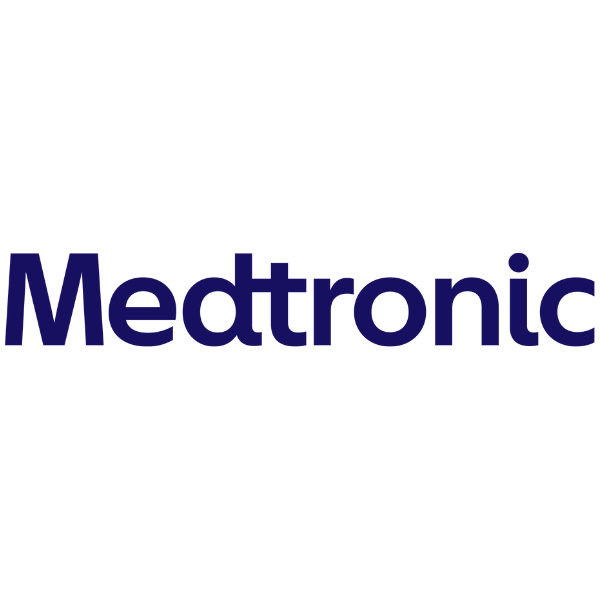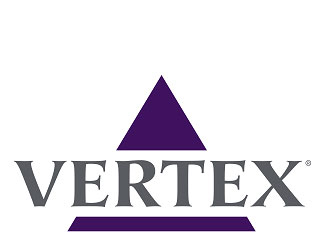Initial Assessment
Non-Insulin User
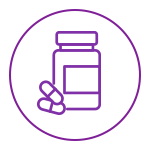
Non-Insulin User
If you don't need insulin therapy to manage your diabetes, here are some factors that will help you figure out what types of diabetes technology are best for you.
When You Were First Diagnosed
If you have type 2 diabetes (T2D), your pancreas doesn't make enough insulin, or your body doesn't effectively use the insulin that's produced. As a result, you have too much sugar in your blood. Lifestyle changes can help keep your blood sugar within a healthy range, and your health care professional will likely prescribe non-insulin diabetes medication as well. Insulin may be added later.
With T2D, it's common to be given a glucose monitor to keep track of your blood sugar levels. This could be a continuous glucose monitor (CGM) or a glucose meter.
Glucose monitoring will help to assess your response to lifestyle changes and medications. It will also provide useful feedback on the effects of lifestyle choices on your blood sugar. If your blood sugar levels and A1C continue to be high, your health care professional may introduce insulin into your medications.
How Well Your Diabetes Is Managed
For people with diabetes, it's important to keep blood sugar levels in target range. Frequent incidents of hypoglycemia (low blood sugar) and/or hyperglycemia (high blood sugar) can increase your risk of diabetes complications.
One way your health care professional may check how well your diabetes is managed is the A1c test. This is a blood test that shows your average blood sugar over the previous three months.
If you are using a CGM, your health care professional will also rely on time in range. (This is the percentage of time your blood sugar stays within your target range.) Having this information can help guide changes to your diabetes treatment.
Recognizing and Managing Hypoglycemia (Low Blood Sugar)
Hypoglycemia (low blood sugar) is a potentially dangerous condition that is common in people with diabetes. For most people with diabetes, it occurs when blood sugar levels fall below 70 mg/dl.
How can you be prepared for a low blood sugar episode?
- Understand the signs and symptoms that could signal something is wrong.
- Have a hypoglycemia rescue kit with you at all times.
- Teach family and friends how to give you emergency glucagon therapy.
Signs and Symptoms
Knowing the signs of a low blood sugar episode can help you act fast and prevent things from getting worse.
Earlier, milder symptoms include:
- Nausea and dizziness
- Fast heartbeat
- Sweating and/or chills
- Clamminess
- Unusual irritability or moodiness
Severe symptoms include:
- Blurred or impaired vision
- Coordination problems or clumsiness
- Tingling or numbness in the lips, tongue, or cheeks
- Color draining from the skin
- Seizures
- Confusion
For milder episodes, follow the "15/15 Rule." This means eating 15 grams of carbohydrates or simple sugars and then rechecking your blood sugar level after 15 minutes. Carrying glucose tablets, hard candy, or other snacks or carbs that have sugar can help in these cases.
Hypoglycemia Rescue Kit
In case your blood sugar levels ever drop dangerously low, always have a hypoglycemia rescue kit on hand. One critical item in most hypoglycemic rescue kits is glucagon. This is a medication that treats very low blood sugar in an emergency.
Glucagon is important for people with diabetes taking medications that lower blood sugar (e.g., sulfonylureas like glyburide, glipizide, or glimepiride, and insulin.) It's available only by prescription, so ask your health care professional if it's right for you.
Glucagon comes in two forms: nasal spray and injection (glucagon pen). "Injectable glucagon is the best way to treat severely low blood sugar," according to the U.S. Centers for Disease Control and Prevention.
Family and Friends
Educate family, friends, and anyone else who is close to you about:
- The signs and symptoms of low blood sugar
- How to monitor your blood sugar levels
- How to use a glucagon pen (as you may not be able to do so in an emergency)
- The importance of calling for medical assistance right away if you have a severe hypoglycemic episode
Ensuring your support circle is prepared to help in the event of an emergency will give you greater peace of mind.
What Medications You Are Taking
If you are on non-insulin medications, you may be offered a CGM. Your health care professional may recommend a professional CGM (a device that a member of your diabetes care team places on you). This can be a useful option if your insurance doesn't cover a personal CGM and your blood sugar is not adequately managed.
Beta blockers and other medications can mask symptoms of low blood sugar. Having a CGM can alert you when your blood sugar is dropping. This way, treatment can be given before severe hypoglycemia occurs.
Comfort With Technology
Diabetes technology can go a long way in keeping you healthy. But you have to be comfortable using the devices as well as tools like smartphone apps. If you are not particularly tech-savvy, your diabetes care team — as well as friends and family — can help you get up to speed. And that can give you more options for managing your diabetes. Learn more here.
Access to Technology
Being able to use diabetes technology generally requires having reliable access to things like Wi-Fi, a smartphone, cell service, and email/internet service. Learn more here.
What Diabetes Technology You Are Already Using
Diabetes technology is a rapidly evolving field, with new products emerging all the time. Your health care professional should be keeping up with the latest innovations. Based on the state of your health and your comfort with technology, they can recommend what products might be right for you. Learn about the types of devices that can assist with diabetes management.
Activity Level
Your activity level — particularly how much you exercise — is a big factor in choosing diabetes technology. On the one hand, diabetes technology can make it easier to exercise safely. For example, using a CGM to measure your blood sugar levels while exercising is much easier than stopping to do a finger-prick blood test. It also may help alert you sooner if your blood sugar is too low during exercise.
On the other hand, diabetes technology and exercise can sometimes be complicated. For instance, a CGM could get dislodged while you are exercising in water or due to physical contact or heavy sweating. This, in turn, could lead to the loss of blood sugar data.
If you are active, your health care professional can help you decide what types of diabetes technology will best fit your lifestyle.
Skin Allergies
CGMs use adhesive pads to stick to your skin. In some people with diabetes, these pads cause an allergic reaction that results in a rash or scaly, itchy skin. If this is the case with you, your diabetes care team may recommend one or more of the following:
- A medicated cream or lotion to ease your symptoms
- A different pad to avoid the symptoms altogether
- An alternate device for glucose monitoring
Financial Considerations
Coverage for various types of diabetes technology varies depending on the health insurer. If you have health insurance, be sure to confirm your out-of-pocket costs before choosing a diabetes technology. If you don't have health insurance, there are resources that can help. Learn more here.
What Matters to You
Your personal preferences can guide you as you choose diabetes technology. For example, if you dislike the frequent finger pricks needed to use a blood glucose meter, you may prefer a CGM.
This is just one of the many factors that could influence your decisions about diabetes technology. Your diabetes care team can provide input on making the best choices based on your personal preferences. Learn more here.


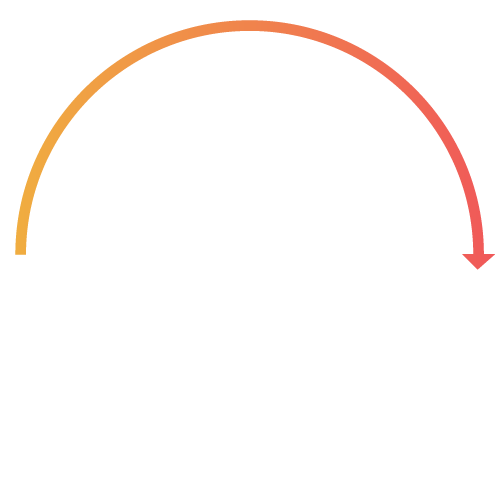

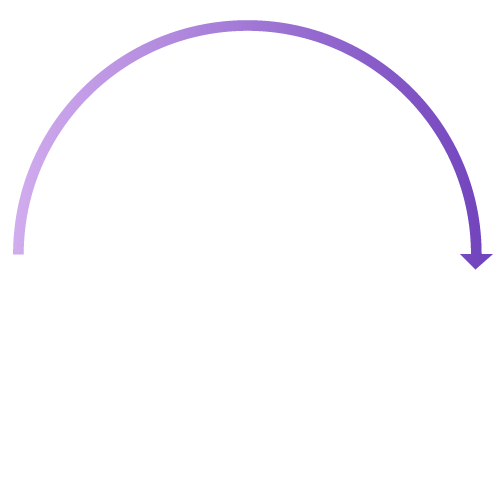
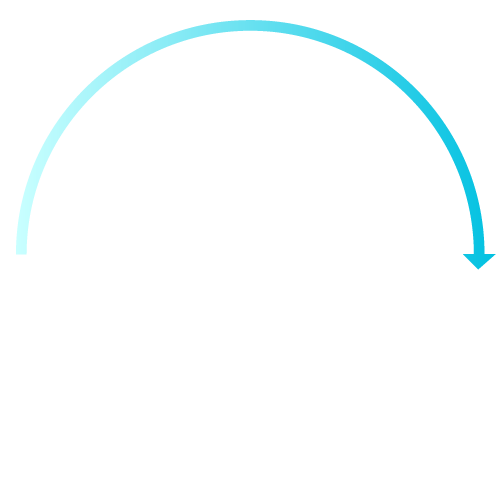




 DOWNLOAD
DOWNLOAD
